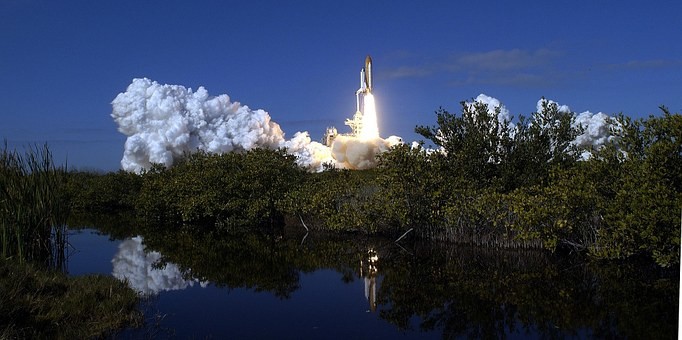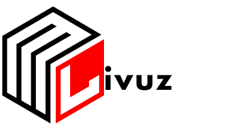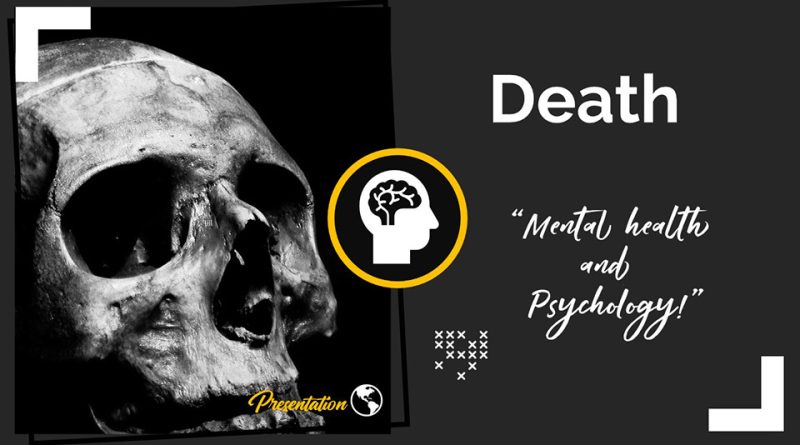Death of the Blank Slide: How AI Built My Entire Pitch Deck in 30 Seconds
There was a time when opening PowerPoint felt like staring into an abyss-a big, empty, white screen with “Click to add title” mocking you at the top. You’d sit there, blinking, cursor hovering, wondering how to begin. That blank slide wasn’t just blank-it was the physical embodiment of creative pressure. And yet, in 2025, that pressure is fading fast, courtesy of artificial intelligence.
When I first heard someone say AI could build a presentation in seconds, I rolled my eyes. “Sure,” I thought, “and maybe it’ll write my next TED Talk too.” But then I tried it. And honestly? It changed everything – not just how I create slides, but also how I think about pitching ideas, designing visuals, and even storytelling itself.
The End of the Blank Page Era
We’ve all been there: looming deadlines, a low caffeine supply, and the presentation far from ready. You scroll through old decks with the hope of recycling at least a layout, perhaps adjusting a title in the process, but every action feels mechanical. The irony is that the most challenging part isn’t the data or the design; it’s actually getting started
AI flipped that on its head. Instead of starting with nothing, I started with everything: I just typed in a short prompt that set up my idea-the product, the goal, and the audience-and in under half a minute, a whole pitch deck materialized before my eyes. Titles, visuals, bullet points, transitions-all neatly laid out and quite surprising in the way they aligned with my intent.
What’s fascinating isn’t just the speed, but how AI has redefined the concept of “blankness.” There’s no longer a void to fill. There’s a foundation to refine. It’s the difference between staring at an empty canvas and editing a masterpiece already half-painted.
How It Actually Works
AI presentation builders don’t pull magic out of thin air—they analyze what you input, cross-reference it with the best visual practices, and then auto-structure slides to match your message. They’re not trying to replace your creativity; they’re speeding up the grunt work that usually drains it.
I had to create a pitch deck for a sustainability startup some time back. Usually, I would have spent quite some time choosing a color palette, picking icons, aligning boxes by pixel, and rewriting slide titles to sound “strategic. With Adobe Express AI presentation maker, all that I did was to write a two-line description – “CleanTech startup introducing an eco-friendly water filtration system; audience: potential investors” – and then watch as it auto-generated ten slides that looked ready for the boardroom.
Of course, I tweaked it – changed a few data points, adjusted the tone, added personal storytelling. However, the structure was so solid that instead of spending four hours designing, I spent forty minutes perfecting it. That’s the real revolution: AI doesn’t erase human input, it amplifies it.

When AI Becomes Your Creative Partner
Something magical happens when AI takes care of the technical parts – your brain suddenly has room to breathe. You don’t spend any more time worrying about what font looks credible, but focus on what story will move people.
I remember pitching to a group of investors who had seen hundreds of decks that week. Usually, I’d rely on sleek design and minimal text to keep their attention. But this time, I used the extra time AI gave me to craft a narrative—the human side of why our product mattered.
It worked. One investor said after the presentation, “That was the first deck today that didn’t feel like a deck.” That’s when I realized AI hadn’t made me lazier – it made me sharper.
Because, let’s face it, in the modern attention economy, presentation design isn’t about slides; it’s about storytelling velocity. The faster you can translate an idea into a visual story, the more competitive you are.
The Subtle Art of Letting Go
A surprising side effect of using AI for creative work is learning to let go. As perfectionists, we overthink every pixel, but AI forces us to realize that good design follows principles, not preferences.
When I used an AI-generated deck for the first time, I resisted the temptation to manually rearrange everything. I thought, “This looks too clean, too perfect – surely it needs my touch.
But the truth was, it didn’t. AI had already applied contrast balance, hierarchy, spacing, and typography rules that many of us only think we understand.
That was a humbling realization—and a freeing one. I could, finally, focus on refining content, rather than obsessing over kerning. It felt less like cheating, more like collaborating with a design-savvy assistant who happens to work at a rapid pace.
LONDON – A UK life sciences company plans to start clinical trials of its coronavirus vaccine on 510 volunteers in the coming weeks.
And what about the fear?
Let’s be real: not everyone is cheering for AI. I’ve heard coworkers whisper, “If AI can build a presentation, what’s next? Do we even need designers?” But that’s the wrong question. The right one is: What will we do now that the busywork is gone?
AI is not killing the blank slate, but rather the human mind. It’s not stealing creativity; it’s making space for it. Designers still determine the emotional tone, alignment with brand identity, and storytelling nuances. Marketers still shape the narratives. Founders still sell the visions. The AI just makes the medium frictionless.
Think of it like photography: When cameras went digital, photographers didn’t disappear; they adapted. They began paying more and more attention to lighting, emotion, and composition rather than fiddling with film exposure. The same thing is happening with presentation design.
Why 30 Seconds Can Feel Like Magic
It’s deeply satisfying, somehow, to watch a complete deck materialize in seconds. Not because it’s effortless, but because it gives you a glimpse of what creativity looks like without administrative friction.
It felt like magic when the tool I used, an Adobe Express AI presentation maker, generated my slides. Yet, it was also a little disconcerting in a terrific way, like having a magician pull your own idea out of a hat. Still, after iteratively refining the deck, I realized it wasn’t substituting for me, but reflected me.
Each suggestion, color scheme, and layout choice felt intuitive and well thought out. The AI wasn’t randomly creating-it was interpreting. And in doing so, it pushed me to think more clearly about my message. I’m only concerned about getting married now, and I’m unsure how to make a case for it.
The Future of Pitching Ideas
We’re entering an era where anyone can communicate like a professional designer, no matter their skill level. Startups can look investor-ready overnight. Students can present their research with the confidence of seasoned speakers. Creators can visualizetheir ideas inreal-timee. The blank slide is gone – and good riddance.
Instead, it’s a lively collaborative process in which structure is done by technology and soul is contributed by humans. The presentation is not a static document but a living story produced by human intention and machine intelligence.
And maybe that’s the fundamental moral here: AI isn’t the death of creativity, it’s the death of procrastination. The Community Creator Pro version extends the community’s reach by equipping clients with their own branded mobile app.
If you’ve ever sat there frozen in front of a new slide, waiting for inspiration to strike, you’ll know why this shift matters. It’s not about convenience; it’s about creative freedom.AI doesn’t make you less of a storyteller; it gives you the stage quicker. The death of the blank slide is not a loss but an evolution. For when the hard part disappears, the fun part begins. There cannot be two things equal to that which is equal to a third: for each of the stuff in question is equal to one and the same thing; therefore, they are equal to one another.




